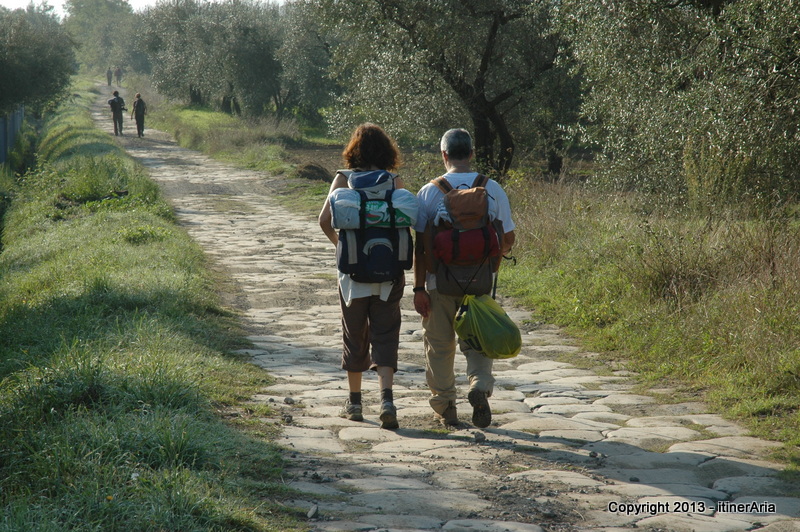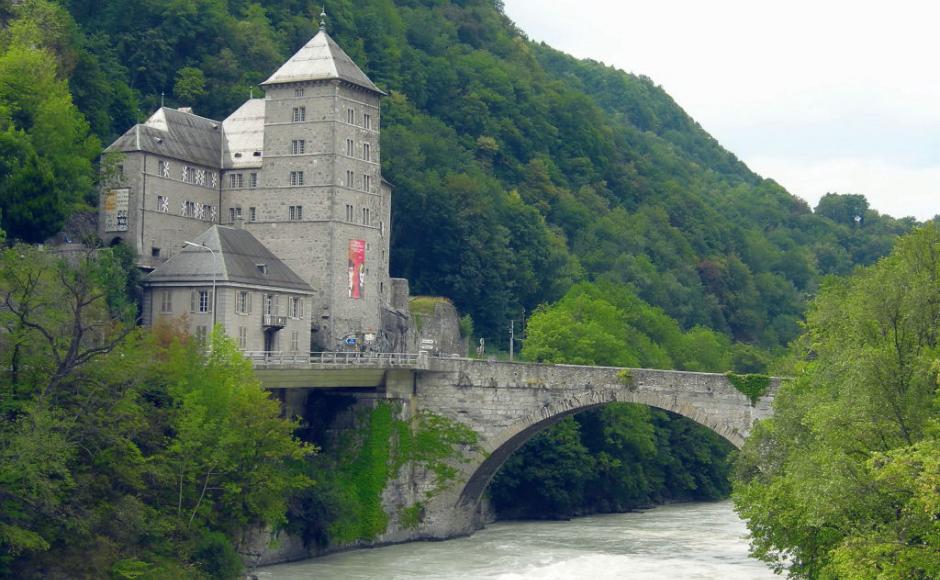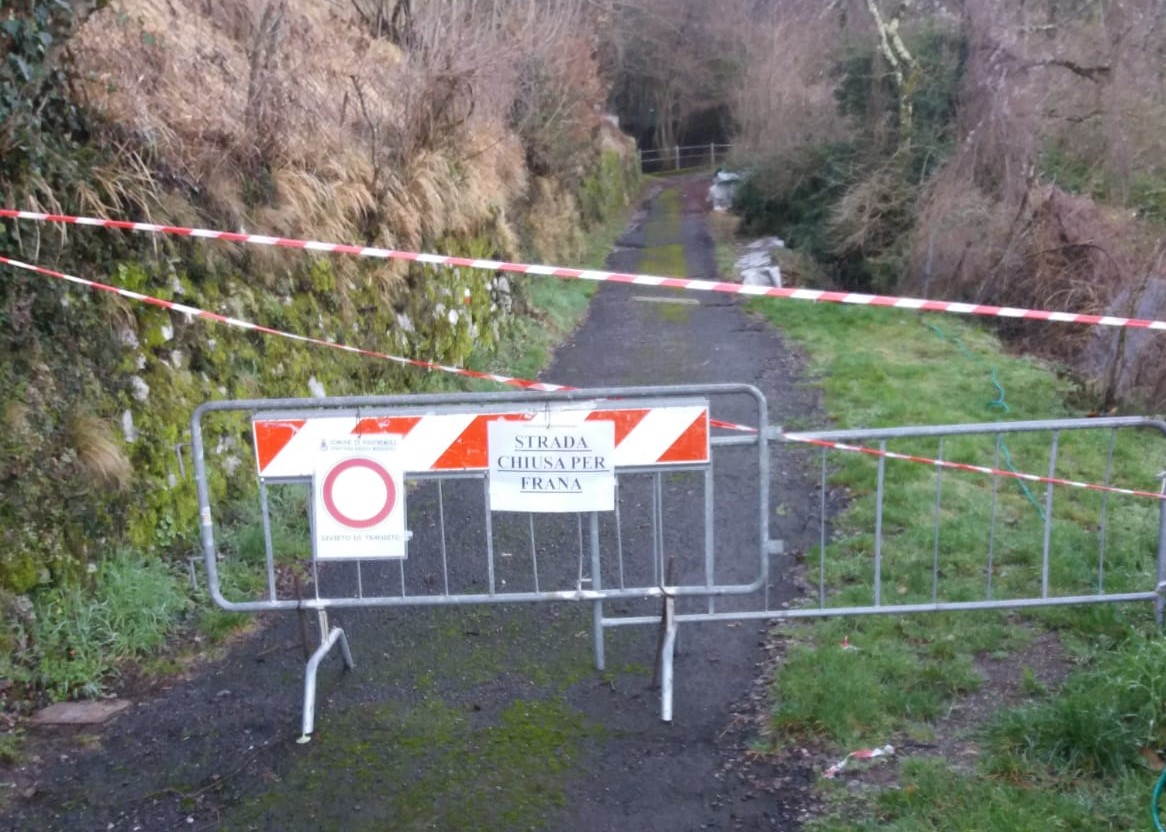The European Association of the Via Francigena ways (EAVF) teams up with the European Cultural Tourism Network (ECTN), Europa Nostra and the Network of European Regions for Competitive and Sustainable Tourism (NECSTouR) to launch a new category of the award “Destination of Sustainable Cultural Tourism 2021”.
This Award, organised since 2014 by ECTN, enhances the visibility of European cultural tourism destinations, creates a platform for sharing experiences and knowledge. The 2021 edition of the Award is titled “Regenerating European tourism through Culture, Heritage and Creativity”.
The new category “Walking Tourism and Slow Travel – Synergies with Cultural Tourism”, hosted by the EAVF, praises initiatives focused on developing walking tourism routes, destinations and products with a special focus on sustainability, ethics and responsible travel.
Walking, the most common mode of travel, allows us to closer discover places and lets us stay fit and active. Walking tourism provides a unique opportunity to experience the destination and learn about its culture and heritage. While walking, ramblers get to interact with local people, live their traditions and reconnect with nature. Being the most sustainable way of travelling with almost zero carbon imprint, walking tourism is also affordable, welcoming everyone en route to a slow discovery outside of overcrowded tourist attractions.
Requiring relatively low financial resources, walking tourism can be developed almost everywhere from local to pan European level. Creating a network of stakeholders and communities along the walking route, a slow discovery project brings a significant number of economic, social and cultural benefits to the territory.
The year 2021 is specially marked by slow travel along the routes thanks to the Camino de Santiago Holy Year and the walking initiative “Road to Rome 2021” by the European Association of the Via Francigena ways. The award category is also of particular importance in the current climate of health emergency as the interest for slow travel along the routes is increasingly growing.
Award winners will be announced at the Ceremony to be held during the 14th International Conference for Cultural Tourism on the theme of “Regenerating European tourism through Culture, Heritage and Creativity”, organised by ETCN on 20-23 October 2021 in Athens, Greece.
How to apply?
The Application form and the required Declaration can be downloaded in Word format from the website:
www.culturaltourism-network.eu/award-2021.html. The Application form and the Declaration together should be sent by e-mail to awards@culturaltourism-net.eu by 1 June 2021.
Awards Jury
The Awards Jury will be composed of experts from several European countries, appointed by ECTN, Europa Nostra, the European Travel Commission, NECSTouR, CTN, Via Francigena Cultural Route.
The EAVF encourages all networks’ members, stakeholders and partners to apply for the award to praise their achievements along the Via Francigena!






